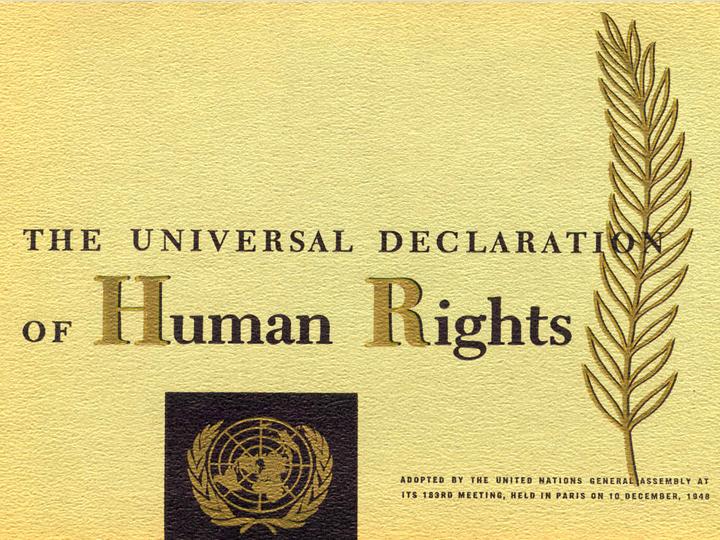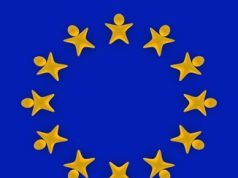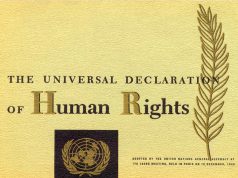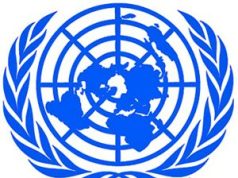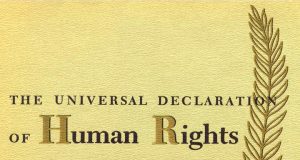UN operation in Sierra Leone
UN Sierra Leone: Rebuilding a Nation After Conflict
Introduction
Sierra Leone, a West African nation with a tumultuous history of conflict, has seen remarkable progress in its post-war recovery, largely due to the intervention of the United Nations (UN). This article explores the role of the UN in Sierra Leone, its historical context, and the challenges and successes of its mission.
1. Historical Context
Understanding the significance of the UN’s presence in Sierra Leone requires acknowledging the country’s painful history:
a. Civil War: Sierra Leone endured a brutal civil war from 1991 to 2002, characterized by widespread atrocities, child soldier recruitment, and the infamous amputation of limbs.
b. Conflict Resolution: The UN intervened to bring peace to the nation, broker a ceasefire, and disarm combatants. The conflict officially ended in 2002.
c. Post-War Challenges: After the war, Sierra Leone faced the monumental task of rebuilding infrastructure, reestablishing governance, and addressing deep-seated social and economic issues.
2. UN’s Role in Sierra Leone
The UN’s involvement in Sierra Leone was multifaceted and included:
a. Peacekeeping Mission: The UN Mission in Sierra Leone (UNAMSIL) was established in 1999 to support the peace process, disarm combatants, and protect civilians.
b. Electoral Assistance: The UN helped organize credible elections in 2002, a crucial step in reestablishing democratic governance.
c. Rule of Law: UNAMSIL played a significant role in reestablishing the rule of law and supporting the Sierra Leonean government in its efforts to strengthen the justice sector.
d. Human Rights: UNAMSIL worked to protect human rights and promote reconciliation among communities affected by the conflict.
e. Capacity Building: The UN also assisted in building the capacity of Sierra Leone’s government institutions.
3. Challenges Faced
The UN’s mission in Sierra Leone was not without challenges, including:
a. Security Risks: UNAMSIL personnel faced security threats, and the disarmament process was sometimes met with resistance.
b. Reintegration: The reintegration of former combatants into civilian life was a complex process, with challenges related to employment and social acceptance.
c. Rebuilding Infrastructure: Rebuilding infrastructure, including schools and healthcare facilities, posed significant challenges given the war’s devastation.
d. Socioeconomic Issues: Addressing poverty, unemployment, and access to basic services remained critical for post-war recovery.
e. Justice and Reconciliation: Achieving justice for war crimes and reconciliation among communities affected by the conflict required considerable efforts.
4. Successes and Achievements
Despite these challenges, the UN’s presence in Sierra Leone led to several significant achievements:
a. Peace and Stability: The UN’s intervention helped bring peace and stability to Sierra Leone, ending a brutal conflict.
b. Democratic Elections: Sierra Leone successfully held democratic elections in 2002, and the country has seen a series of peaceful transitions of power.
c. Justice and Accountability: The Special Court for Sierra Leone, supported by the UN, prosecuted individuals responsible for war crimes, setting an important precedent for international justice.
d. Disarmament and Reintegration: The disarmament process, although challenging, ultimately helped reintegrate former combatants into society.
e. Capacity Building: UNAMSIL’s work in building the capacity of Sierra Leonean institutions helped the government regain control and sovereignty.
5. Future Prospects
Sierra Leone continues to make progress in the post-war period. The future prospects for the nation include:
a. Sustaining Peace: The UN continues to support Sierra Leone in its efforts to maintain peace and security.
b. Economic Development: Efforts to stimulate economic growth and reduce poverty are ongoing, with a focus on diversifying the economy and improving access to education and healthcare.
c. Human Rights and Justice: Sierra Leone is working to strengthen its justice system and promote human rights.
d. Reconciliation: Ongoing efforts to foster reconciliation among communities affected by the conflict are crucial for lasting peace.
e. International Cooperation: The UN remains committed to supporting Sierra Leone and collaborating with the government on its development agenda.
Conclusion
Sierra Leone’s journey from civil war to post-war recovery is a testament to the UN’s role in helping nations rebuild and find a path to peace and stability. While challenges remain, Sierra Leone has made remarkable progress, and the UN’s ongoing support is vital for the nation’s continued development. The story of UN Sierra Leone serves as an example of how international intervention can lead to positive change in war-torn countries, ultimately fostering peace, stability, and the hope for a brighter future.
Sierra Leone has been a very troubled area for many years. In 1991, Foday Sankoh of the Revolutionary United Front initiated the Sierra Leone Civil War. In October of 1990, President Momoh set up a constitutional review commission to review the one party system that the country has since 1978. However, there was a tremendous amount of suspicion that Momoh was not serious and rule was blatantly abusing power.
Government corruption and mismanagement of diamond resources were the two main reasons that civil war broke out in Sierra Leone. In Liberia, Sierra Leone’s neighbor there was a civil war going on which had an undeniable influence in the start of the civil war in Sierra Leone. Charles Taylor, who was the leader of the National Patriotic Front of Liberia at the time allegedly helped form the Revolutionary United Front under the commander of former Sierra Leonean army corporal Foday Sankoh.
For helping with the creating of the RUF, Taylor received diamonds from Sierra Leone, one of their prized and lucrative natural resources. The RUF started attacking villages in Sierra Leone, and the government which was already suffering from a poor economy and corruption were unable to face the opposition. Within a month, RUF controlled most of the Eastern Province and forced the recruitment of child soldiers.
As a response, some young soldiers from the Sierra Leonean army started a counter attack and exiled the incumbent president Momoh. These soldiers established the National Provisional Ruling Council. The NPRC was extremely inefficient and more and more of Sierra Leone fell to RUF soldiers. However, in retaliation the NPRC was able to hire hundreds of private mercenaries who then drove the RUF back to the borders of Sierra Leone.
While all this was occurring, there was a great deal of corruption within the NRPC, and its current leader Valentine Strasser was busted in a coup led by his own people, his replacement was Maada Bio. Maada Bio, reinstated the Constitution and called for presidential elections. Ahman Tejan Kabbah, of the Sierra Leone People’s Party won the elections and was in office with a cabinet and the NRPC was trying to legitimize their government. However, recently after Kabbah was ousted by the Armed Forces Revolutionary Council. The head of AFRC, Koroma invited members of the RUF to join his government.
After many unsuccessful attempts to overthrow governments and seize power, the United Nations in 2000 finally decided to send peacekeepers to help bring back order and remove weapons from the rebels. In the ten year civil war, approximately 50,000 people were killed in Sierra Leone’s civil war. By January of 2002 the war was finally declared over and in May of that year Kabbah was reelected president. By 2004 the UN disarmament process was complete and they also backed a war crimes court and began holding trials for senior leaders from both sides of the war.
Blood Diamonds
Diamonds from Sierra Leone are well-known amongst those in the jewelry industry as some of the best quality diamonds available today. However, this prized natural resource has also been wreaking havoc in Sierra Leone today and the diamond trade there is extremely perilous. Diamonds from Sierra Leone have been synonymous with brutality, violence, and conflict. This problem escalated in 1968 when Siaka Stevens became prime minister of Sierra Leone and recognized how lucrative the diamond trade industry was.
Stevens made a very large profit out of illegal diamond mining and trading, and in the following years most diamond trade in Sierra Leone was illegal. In 1991, Sierra Leone became an extremely volatile region as the Revolutionary United Front (RUF) started attacking the governments. While their “official” goal was to end crime and corruption, it became apparent that their interests lay in controlling the diamond mines.
With RUF controlling all the diamond mines, labor conditions were extremely poor with very harsh punishment for slight mistakes. These diamonds from Sierra Leone as well as certain other African countries became known as blood diamonds or conflict diamonds. In the 1990s, approximately $125 million worth of rough diamonds were bought by just Europe.

